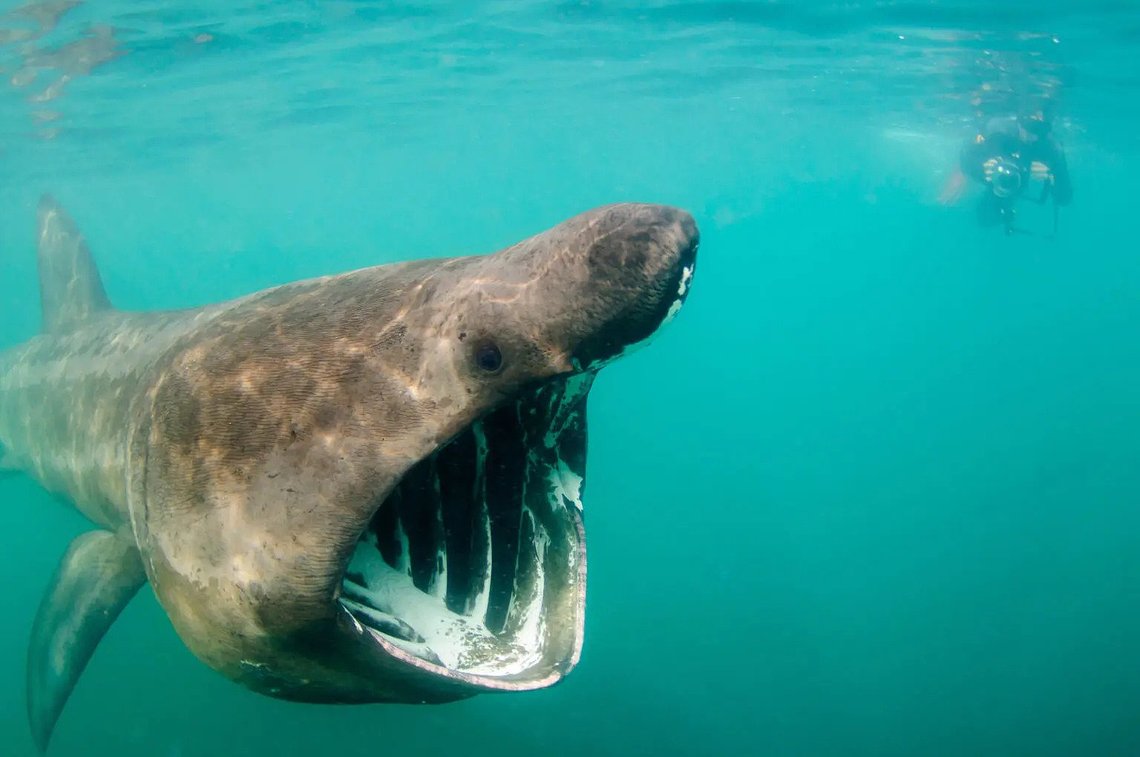Top Tips for Spotting Wildlife

Posted on Wed 25 Aug 2021 · by James Chisnall
There are few things that compare with the magical sensation of seeing wildlife in the wild. Searching for wildlife is exciting as it’s unpredictable, full of uncertainty and you definitely need your fair share of luck. However, there are a few things you can do that could you find what you are looking for. Have a look though our top tips for spotting wildlife.
1. BINOCULARS
Being able to see the wildlife is essential so get yourself some decent binoculars (8×40 zoom is more than adequate). Alternatively, if you are reluctant to make that investment, a camera with a strong zoom can work just as well.
2. BLEND IN
The idea is not to stand out so wear clothing that matches your surroundings. Avoid neon, bright colours and stick to neutral, dark colours. Neutral colours help you blend in with the surrounding landscape. It’s also an idea not to wear strong perfumes as this will make animals even more aware of your presence and can attract unwanted insects.
3. WHEN TO LOOK
The best time to spot wildlife is when the sun rises and sets so make sure you pack an alarm clock so you are up nice and early. It’s not impossible to see wildlife during the day but many species rest during the hottest time of the day.
4. WARM CLOTHING
Although you may be visiting a country with a hot climate to see wildlife, it can be cold in the early morning and in the evenings when the sun goes down, especially if you are viewing wildlife from an unprotected vehicle such as a game viewer or a boat. So make sure you pack warm clothes and a waterproof jacket in case the weather turns wet. Appropriate footwear is also important. It may not seem from your game viewer, but sure enough, if it breaks down or gets suck in difficult terrain you’ll be thankful you are wearing sensible shoes!
5. SUN PROTECTION
It’s always essential to protect your skin against the elements so don’t forget your sunblock, hat, and sunglasses. Even if the weather is overcast, don’t make the mistake of not protecting yourself, especially if surrounded by water or snow.
6. BE PATIENT
When it comes to wildlife especially, patience really is a virtue. You are, after all, looking for wild animals. So when searching, take your time and remember an amazing sighting is always potentially just round the corner.
7. BE QUIET
Sounds obvious, right? But it’s amazing how many of us can be guilty of nattering when we should be observing. So be quiet and listen to your surroundings, all it can take is hearing a twig snapping, a bird alarm call, or parent calling out to their young and then you’re onto an amazing sighting.
8. LEARN FROM THE EXPERTS
One of the major experiences of searching for wildlife is having an expert accompany you for your safety and to educate you. Be sure to take advantage of this and absorb all you can as it will only enhance your experience.

Three rare sightings where I had to be patient, quiet and listen to my surroundings – from left to right: A young caracal in South Africa, a serval hunting in Tanzania and a sloth bear in Sri Lanka.
If you’re eager for some wildlife spotting then do have a look through our Into the Wild portfolio on our website and if you’d like further information please don’t hesitate to contact us on info@untavelledpaths.com.
Read more from our blog here
